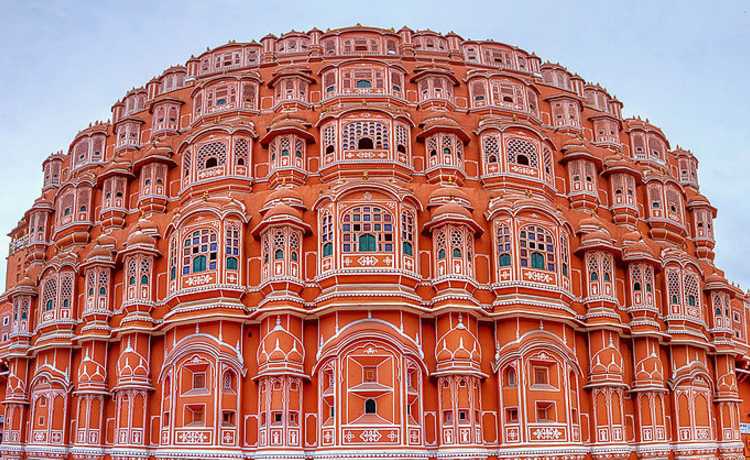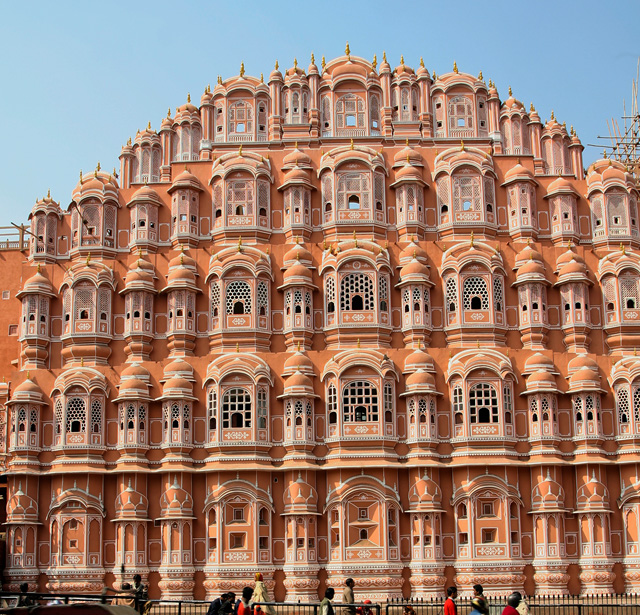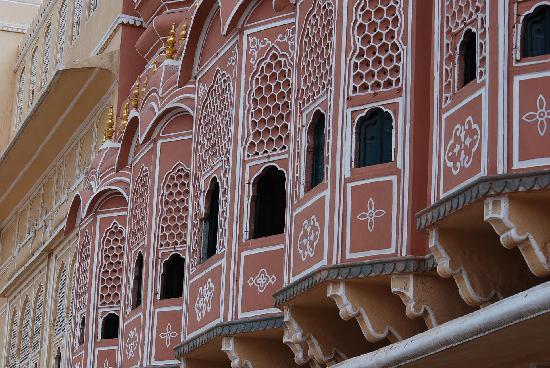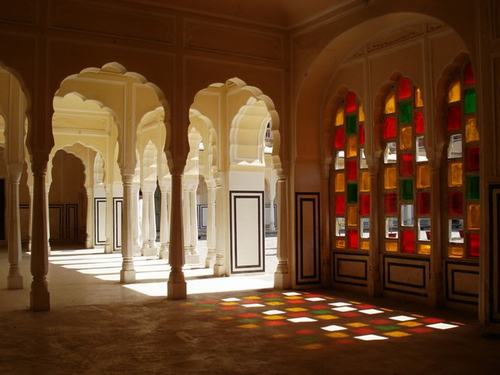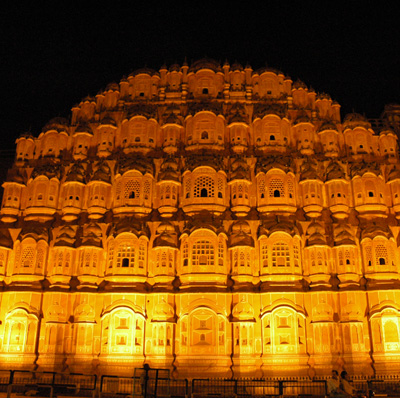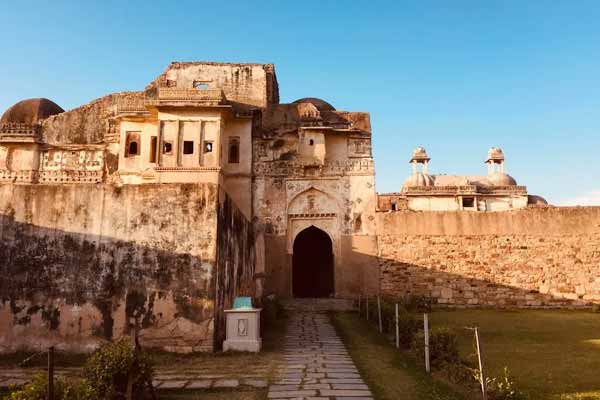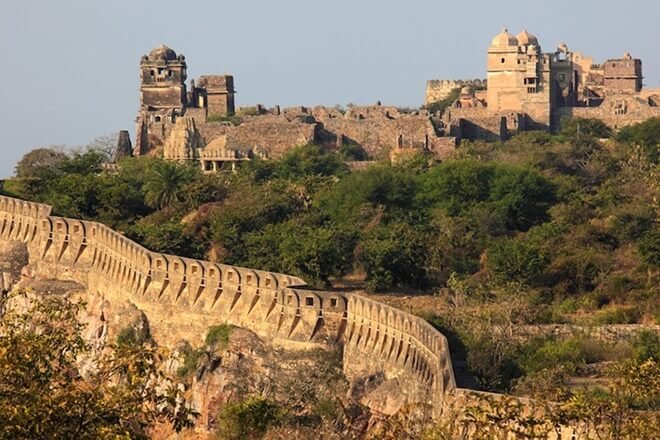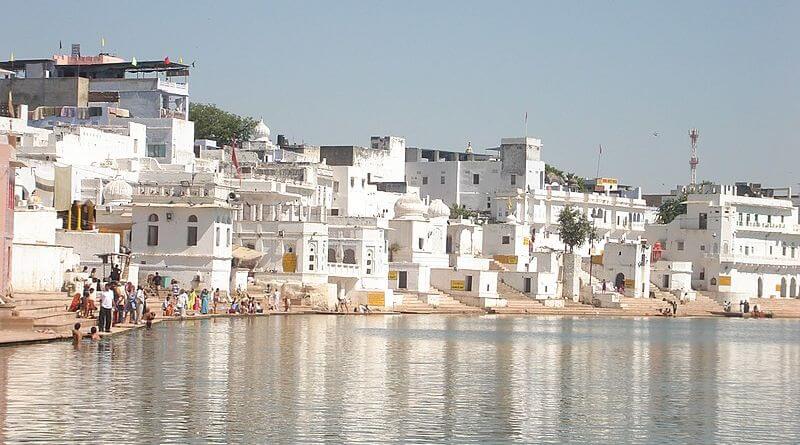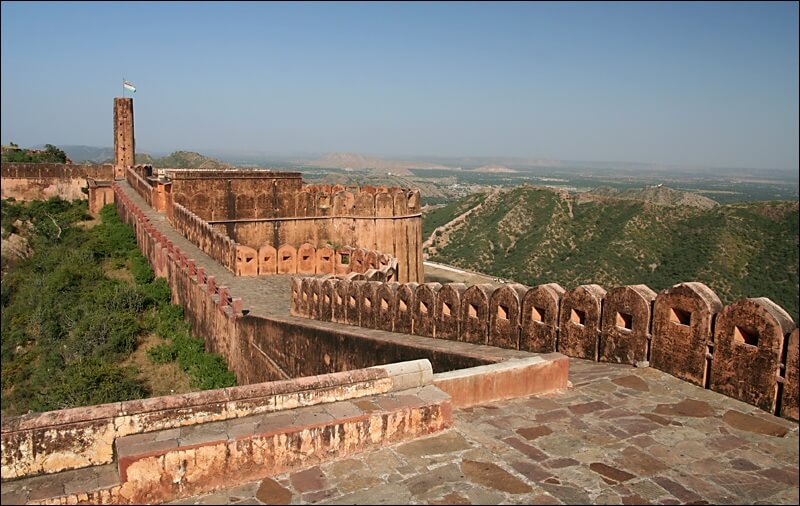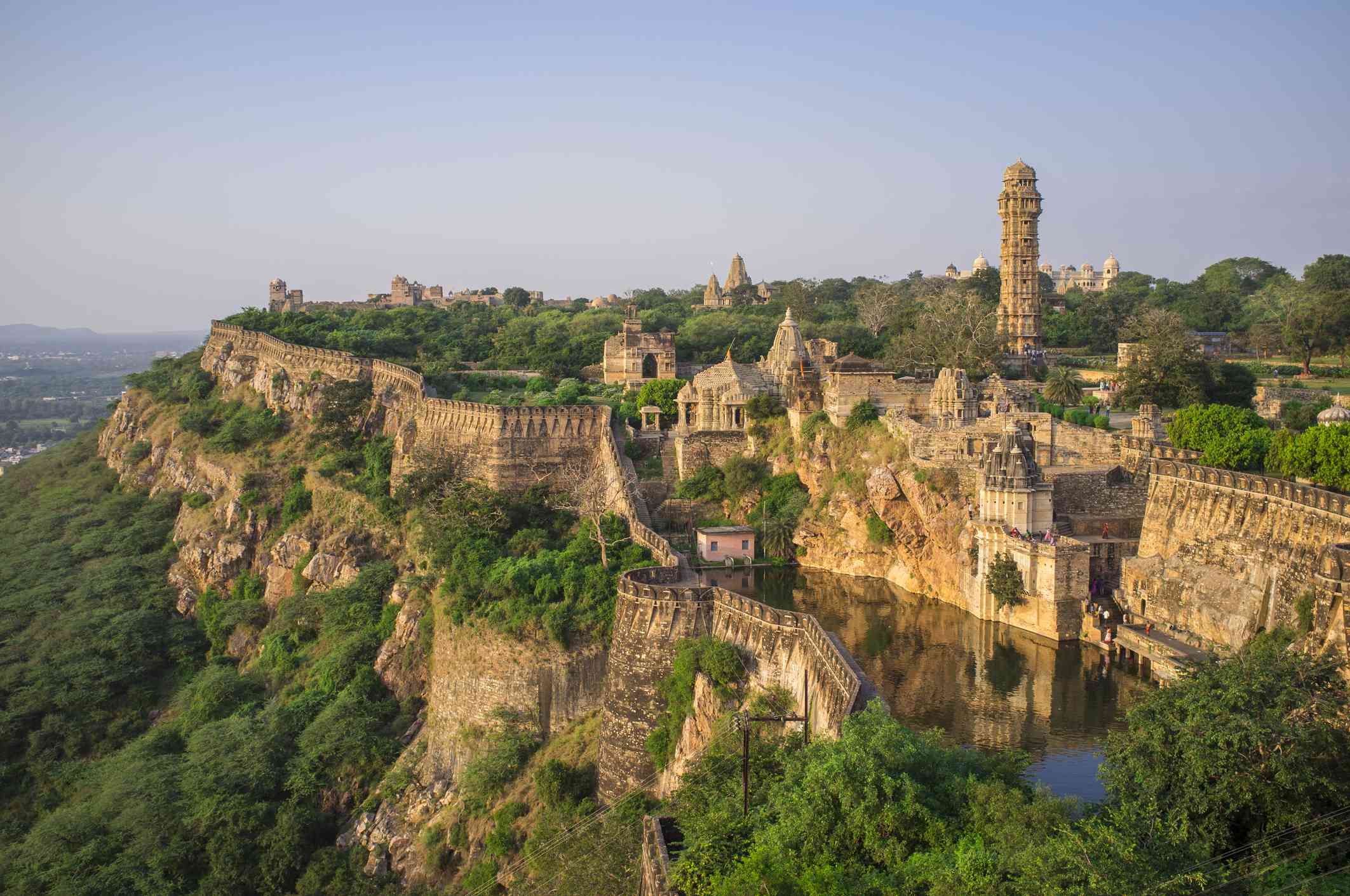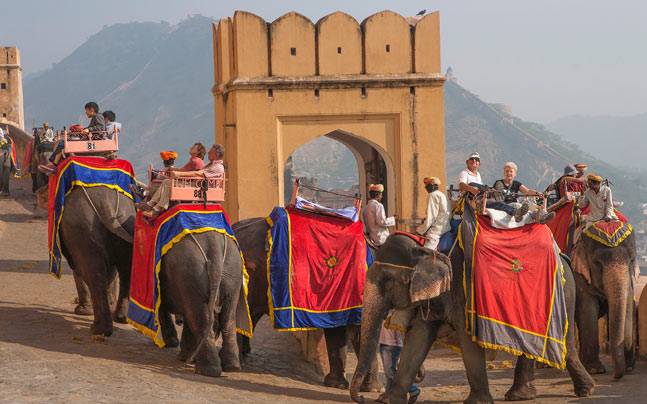- Home
- Tourism in India
- Rajasthan in India
- Hawa Mahal Jaipur
Hawa Mahal Jaipur
Hawa Mahal Jaipur
Quick Facts:
Country: India
State: Rajasthan
City: Jaipur
Visiting Hours: 9:30 am to 5 pm
Best Time to Visit: October to February
Built : 1799
Who Built: Maharaja Sawai Pratap Singh
Architectural Style: Blend of Hindu Rajput and Mughal architecture
Hawa Mahal is one of the important tourist places located in Jaipur, Rajasthan, India. It was built by Sawai Pratap Singh of the Kachhwaha dynasty in 1799. He was the grandson of Maharaja Jai Singh.
It is located at the corner of the city palace Jaipur and extends up to Zenana or women’s chamber. The other alternative names for Hawa Mahal are “ Palace of Winds or Palace of breeze”
The huge wall was built mainly because the royal ladies can peep through the small windows (called Jarokas) to enjoy the street festivals and also for the cool breeze to come inside the palace especially during summers. Built with red and pink sandstone, Hawa Mahal is a blend of Hindu and Mughal architecture.
The architect behind this huge palace was Lal Chand Usta. Maharaja Sawai Pratap Singh was impressed by the huge construction of Ketri Mahal. Hence he decided to construct a huge Hawa Mahal in Jaipur.
During the olden days the royal ladies were not allowed to mingle with other ladies and also were in practise of purdah system(covering the face with dupatta), hence the royal ladies were denied to enjoy the street festivals.
This was the main reason for the construction of Hawa Mahal Jaipur with five floors having 953 Jarokhas or windows. These small Jarokhas were decorated beautifully with intricate latticework.
By this way the royal ladies also enjoyed freedom of watching the festivals on streets and also maintaining their customs.
Best time to visit
Jaipur experiences a semi arid climate with long hot summers and short mild winters. Due to extreme heat, October to March is the best season to visit the place.
Climate/Seasons
Summer season: Summer months are from April to June. The maximum temperature hovers around 49 degree celsius. It would be very hot and dry during this period. Hot and dry air keeps blowing throughout the day as even the minimum temperature hovers around 30 degree celsius
Monsoon seasons : The months of July and August are considered as monsoon months. There are frequent heavy rains but no flooding. The maximum temperature hovers around 40 degree celsius during this season
Winter season: October to March are the winter months and also the best period to visit the place. These months are pleasant, dry and chill with minimum temperature sometimes falling to 4 degree celsius during peak winter months of December and January
History of Hawa Mahal Jaipur
Maharaja Sawai Pratap Singh was the grandson of Maharaja Sawai Jai Singh who built Jaipur. Maharaja Sawai Pratap Singh constructed the Hawa Mahal in 1799. Sawai Pratap Singh who was very impressed with Khetri Mahal which was built by Maharaja Bhopal Singh in Jhunjhunu Rajasthan .
He decided to build Hawa Mahal in the lines of Khetri Mahal. It is an extension of the Royal City Palace and further leads to zenana or women's chambers.
The beautiful lattice windows and screened balconies helped the Royal ladies to look outside the Palace when some festivals or royal procession would take place
Architecture of Hawa Mahal Jaipur
Lal Chand Ustad was the architect of this unique five storeyed pyramidal Mahal which rises up to 15 m. It is built in a blend of Rajput architecture and Islamic Mughal architecture.
The Rajput architecture is noticeable in domed canopies, fluted pillars and floral patterns and the Islamic Mughal architecture is seen in arches, stone inlay filigree work ( it is a form of intricate metalwork).
The palace is built in red and pink sandstone. The palace consists of 953 Jharokhas with open frame work with criss cross pattern giving the resemblance of honeycomb of beehive.
The front appearance of the palace from the street is like a honeycomb of a beehive. The potholes of the palace have lattice windows, the grills are chiseled intricately and beautifully decorated domes giving the appearance of semi octagonal bays.
The main reason for constructing Jarokhas in criss cross pattern to Latticework was that no one would see the royal ladies from outside and for the cool breeze. Each Jharokas had small chambers and fountains at the middle of the chamber.
These jharokha were built in such a way that the air circulates naturally through them by creating the Venturi effect. The royal ladies could comfortably sit and watch the street festival with the cool breeze from the fountains.
The Mahal is built in the shape of the crown of Lord Krishna. The pyramidal palace is at a height of 15 m from the base. While the first two floors consist of courtyards, the last three floors have a width of a single room. There are no steps inside to reach the top floor, only narrow slopes are provided to reach the top floor.
The entry to Hawa Mahal Jaipur from the city side is through a small imperial door. This opens into a large courtyard which has an archaeological museum.
This huge courtyard has a double storied building on the three sides of Hawa Mahal Jaipur. To go to the top floor one has to take a ramp as there are no stairs in the palace. Fountains at each chamber provided the cooling effect especially during summer months.
The Mahal is a further extension of the city palace and leads to Zenana or women's chambers. The main attraction is the falling of golden sun rays early in the morning giving a magnificent view of the Hawa Mahal Jaipur.
Best time to visit the Mahal is the early morning hours when the sun rays enter the rooms through the Jharokha. The Mahal is maintained by the archaeological department , Government of Rajasthan.
How to reach Hawa Mahal Jaipur
Update on coronavirus in India
How to reach
Jaipur is the most important tourist destination in India. It is well connected through Air, Rail and Road.
By Air: Jaipur International airport is in Sanganer. It is located at a distance of around 10 km from the city centre. It has both domestic and International flights.
By Train: Jaipur is the headquarters for the North Western Railway zone of Indian Railways. Jaipur has three railway junctions at Gandhinagar, Durgapur and Jaipur Main. The city is well connected through rail from major cities like Delhi, Mumbai, Chennai, Bangalore, Kolkata and many more.
One can also plan to go in the luxury “Palace on Wheels train”. It is a 7 nights and 8 days journey which starts from Delhi and covers cities like Jaipur, Ranthambore tiger reserve, Chittorgarh Hill Fort, Udaipur, Jaisalmer, Jodhpur, Bharatpur Agra and then returns to Delhi.
By Road: Jaipur is located on NH-8 which connects to Delhi and Mumbai. It is also connected through NH- 11 and NH-12. There are a number of buses both from the state road transport corporation and private agencies. Distance from major cities are
Delhi to Jaipur– Around 270 Kms
Agra to Jaipur -Around 240 Kms
Bikaner to Jaipur- Around 340 Kms
Affiliate Disclosure:
If you make any purchase via a link on this site, I may receive a small commission with no added cost to you.
